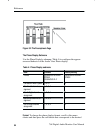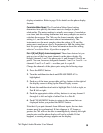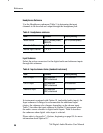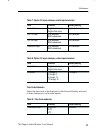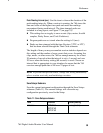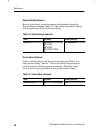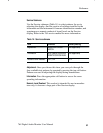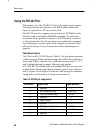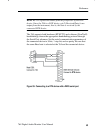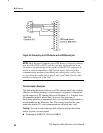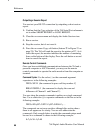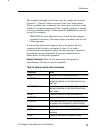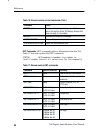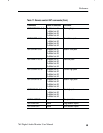
Reference
62
764 Digital Audio Monitor User Manual
Using the RS-232 Port
The primary use of the 764 RS-232 port is to output session reports.
The reports can be sent directly to any ASCII printer with serial
input, or captured on a PC and saved to disk.
The RS-232 port also supports remote control of 764 Digital Audio
Monitors with serial number B020000 and higher. To control the
instrument from a personal computer or ASCII terminal, connect it
as discussed under Cable Requirements and confirm the connection
by downloading a session report to the computer or terminal. Then
refer to the Remote Control Commands section, which begins on
page 66.
Cable Requirements
The 764 is an RS-232 DCE device. Table 15 lists the pin assignments
of the connector. When communicating with a DTE device that has a
male 9-pin (DB9) connector, use a cable that connects pins 2, 3, 5, 7,
and 8 straight-through (example: Tektronix part number
012-1445-00). To communicate with another DCE device, use a null
modem cable (which swaps the lines between pins 2 and 3 and pins 7
and 8). Figure 35 and Figure 36 illustrate cable wiring for communi-
cating with a device that has a 25-pin serial connector.
Table 15: RS-232 pin assignments
764 DB9 pin Signal name Signal direction
1 (optional) —
2 RXD (Received Data) From 764
3 TXD (Transmitted Data) To 764
4 (optional) —
5 Signal Ground —
6 (optional) —
7 RTS (Request to Send) To 764
8 CTS (Clear to Send) From 764
9 (optional) —



